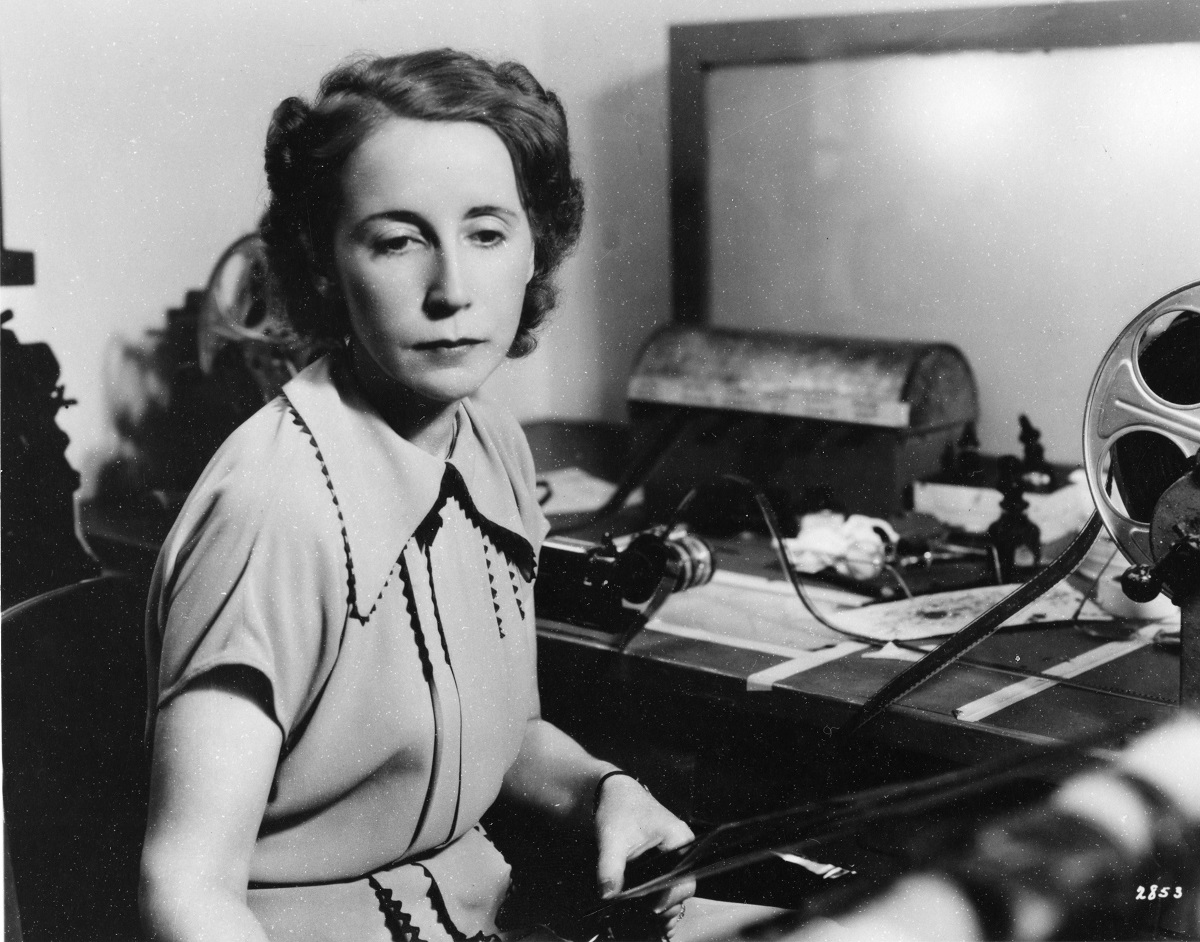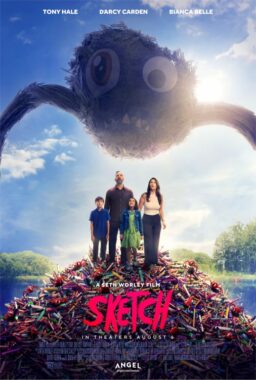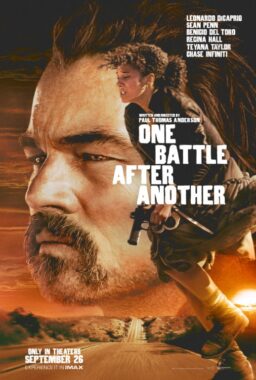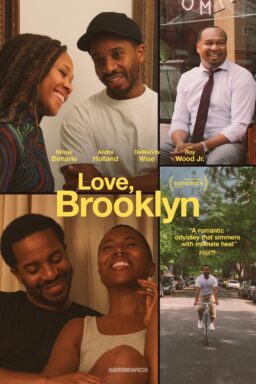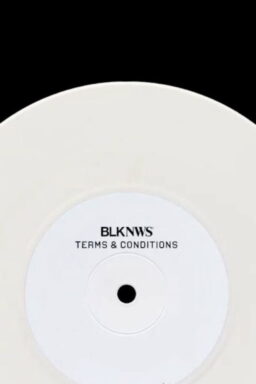Editing has been called the “invisible art” because it is meant to be seamless and go unnoticed. But that invisibility has in many ways extended to the artists themselves. This point seems especially true as the Academy of Motion Picture Arts and Sciences recently announced plans that it will not present the Best Film Editing Award as part of its live Oscar telecast but rather give it out before the live show and then edit the winner into the telecast. The American Cinema Editors (ACE) board immediately issued a statement: “As a group of artists wholly dedicated to advancing the art and prestige of film editing, we passionately believe that editing—and all other creative disciplines that are part of the collaborative art of filmmaking—should be treated equally. Our contributions to that collaboration may sometimes appear invisible but they are undeniable.”
Editors have long battled to throw off that cloak of invisibility so that people can see what it is they do. They are not simply the ones who cut out the bad and leave in the good. They must go through thousands of feet of film (or in the case of “Lawrence of Arabia,” tens of miles of footage) to find the perfect minutes or seconds or frames to make a scene work. They control the pace of a film and can craft performances by giving actors that extra beat of a reaction or taking the right improvised moment and using it. Editing is a craft created by and for the movies, yet it remains something of a mystery even to some who work within the industry.
Editing is also a profession where women got to make inroads from early on. Back in the silent days, Dorothy Arzner proved her worth and her business savvy by using stock footage to embellish Rudolph Valentino’s bullfighting picture “Blood and Sand.” By repeatedly displaying such skill and smarts, she eventually moved into directing.
Filmmaker and editor Su Friedrich was inspired to create the exhaustive website Edited By to highlight the contributions of film editors in general and women film editors in particular. She was struck by the fact that a chapter on editing in a production handbook did not mention a single editor’s name but rather only referred to the directors of well-edited films. That prompted her to look up all the editors of the mentioned films and that’s when she discovered half of them were women. Friedrich noted, “At the beginning of cinema, there were women working in every aspect. There were directors like Alice Guy-Blaché who started Solax Studios in 1910. There was Helen Gardner, who started Helen Gardner Picture Players in New Jersey in 1911. There were also two African-American women, Maria P. Williams and Tressie Souders, who were both in Kansas City. And there were lots of other women being cinematographers and filling every other role in film production. And soon on, the men started pushing them out. One of the functions that women had right at the beginning of cinema was as editors. And the more they got pushed out of these other positions, they started getting pushed into—or wanted to go into—film editing as the only place they could be. So I don’t think it’s that they chose to be editors. In some cases they did, but in a lot of other cases, they were no longer allowed to fill those other roles.”
Ironically, it was a stereotype of what women’s skills were that led to this. Early editing was very different from what it evolved into over the decades. The first film editors were referred to as “cutters.” They hand cranked film on reels, used scissors to manually cut footage, and then glued strips together. In 1936, the New York Times ran an article entitled “Shears for the Ladies: How the Omnipotent Cutters (Who Tend to Be Feminine) Do Their Work.” The article states, “Film editing is one of the few important functions in a studio in which women play a substantial part. Possibly this is because in the early days cutting was a mechanical rather than a dramatic job. Women were cheaper than men and so they grew into it.”
It’s the title of the article that lends the real insight though. “It seemed natural to the men who ran all the studios that women would be editors because they were good at sewing and knitting and all these little handiwork things,” Friedrich explained. “So they figured that women can handle the film after they’ve made it. I am very angry about the fact that they were forced into this position or seen as people who could do it because of what men thought were their natural skills. But it’s also a good thing because they’re fabulous editors and so the industry, and independent films also, have been really enriched by what women have brought to the field.”
Dorian Harris, board member at both Motion Picture Editors Guild (MPEG) and ACE, added her insight: “Because editors work off set (not on location), it has been easier for women to gain a foothold. The set is/was a macho, male-dominated environment and if a woman was editing a film no one knew or cared. Also, it was kind of considered menial and crafty, almost like sewing. During World War I and World War II, women were working in editing rooms out of necessity because men were enlisted to fight.”

Whatever events or stereotypes led women to enter the editing field, the impressive fact is that women have consistently been almost a third of Hollywood’s editing pool and they have excelled.
Margaret Booth, a towering and powerful figure in the editing field, was hired by D.W. Griffith in 1915 as a “patcher” and “joiner” for $10 a week, and eventually moved up to negative cutter. Friedrich noted that Booth worked for Griffith till 1936 and then became supervising editor at MGM until 1969. “For people who don’t know what the supervising editor is, it’s the person who makes sure that all the editors are getting their stuff done,” Friedrich explained. “But it’s much more than that because they also go in and check to see that the work is being done well. Booth was known for being very hands on. She didn’t just say, ‘Okay, you need to finish this by next Friday.’ She went in and said, ‘It’s pretty good, but not good enough. Keep going. Here are some ideas.’ She gave people a lot of ideas. Everybody there, men and women alike, were in awe and terrified of Margaret Booth. She was incredible. She’s considered one of the pioneers of the seamless edit or the invisible edit.”
Booth and other female editors may not have been household names but they did wield power at the studios. Friedrich pointed to Viola Lawrence as another example: “She edited ‘The Lady from Shanghai’ by Orson Welles. And when she was cutting it, she went to the producer and said, ‘This is a mess. I can’t edit this. I have no close ups.’ And she convinced the producer to make Orson Wells go in and do reshoots so that she could cut the film properly. So I think she was very powerful in her position,” Friedrich said.
As the Hollywood studio system faded in the 1960s and 1970s, filmmaking began to change, and the role of a film editor evolved as well. Dede Allen is one of the editors who developed a new grammar for film, one that challenged the more traditional grammar of storytelling. Her innovations included opening a scene with a quick cut in or close up rather than an establishing shot, and with “pre-laps,” bringing in dialogue or sound from a following scene over the image of the current one. With “Bonnie and Clyde” in 1967, Allen also became one of the first film editors to receive a solo opening credit on a film. A step toward correcting that invisibility for both editors and women in Hollywood.
One of the surprising things about women editors is how often male directors trusted them with what audiences might see as masculine material. “Lawrence of Arabia,” “Jaws,” “Bonnie and Clyde,” “Dog Day Afternoon,” “Slapshot,” “Raging Bull,” “Goodfellas,” “Reservoir Dogs,” and “Mad Max Fury Road” were all superbly edited by women.
Thelma Schoonmaker, who edited the boxing film “Raging Bull” and the mob drama “Goodfellas,” pointed out to me that “you should understand that we make that violence here in the editing room.” Indeed she did, and brilliantly too, shattering those initial studio stereotypes of women editors.
Those stereotypes are also taken to task by director Philip Kaufman, who in a tribute to the late Allen on Motion Picture Editor Guild’s Cinemontage journal said: “All this outpouring of praise shouldn’t fool you into thinking of Dede Allen as some kind of cool, dignified grande dame of film. As anyone who’s worked with her can attest: Dede is hot! She’s wild! She’s a terror! Put your movie in her hands, whisper your intentions into her ear; then stand back and give her room. Watch the sparks fly as Dede wails, your film cooks; watch as assistants scurry wildly, dodging her backhand as she throws film backward or drapes it over her shoulder with wild twists and turns … I count myself among the lucky to have worked with Dede when the Moviola was her weapon of choice. I watched her dance and carouse with that green beast, making it scream, clatter and hum while she searched for that exact frame where the sparkle flashed in the actor’s eyes.” That’s a vivid image of a woman in the editing room.
There are many examples of long-term collaborations between male directors and female editors across a wide expanse of genres: Cecile B. De Mille and Anne Bauchens (4 decades, 41 films); Woody Allen and Susan E. Morse (22 films); Martin Scorsese and Schoonmaker (since 1967); Arthur Penn and Allen (5 films); Quentin Tarantino and Sally Menke (7 films); and Craig Gillespie and Tatiana S. Riegel (5 films) to name a few.
When I interviewed Schoonmaker for my podcast on KPBS, she said of working with Scorsese: “I think we collaborate so well because it doesn’t become a battle of egos, and the film business is filled with egos. I always tell students, one of the first things you have to learn is how to deal with is everybody’s ego that you’re going to be working with and learn how to work with them and not make it a destructive situation. [Scorsese] knows that I’m going to do the best for his movie, and that’s the way we shape this raw material very much the way a sculptor takes a lump of clay and shapes it into a portrait of someone. So I think people may not understand how raw the material is that comes to us and what we have to do to manipulate it and cut it to make it work.”
Riegel told me of her collaboration with Gillespie, “I think it’s something that’s very important to have a director and an editor that obviously have the same taste and sensibilities and yet have different histories that they come from and points of view that they can bring to the film. If you’re sitting in the room with somebody who thinks exactly like you do, I just don’t think you’re going to get as good a story told, whereas if the director and the editor have a real collaboration and use each other as sounding boards and build creatively on top of each other, which happens when you think a little differently, when you come from different backgrounds and you just end up with something so much more rich.”
Since editors work in postproduction and are close to the final hands on a film, it is their job to make everyone who worked on a production look good. “Two hundred and fifty people make a movie if you count up everybody from the drivers to the director, all the people on the set, and it’s my job to do justice to the incredibly hard work they have put into getting it on film,” Schoonmaker said. Riegel added, “I have to have an understanding of performance, of camera, of all of that. And I want to find the takes and the scenes that are emotionally real to me and assemble them. But the editor has a tremendous amount of influence on what the movie is. There are times where I can take a line reading from one take and put it with the visual of another take. Sometimes I only use a word from another take and put it in. I can manipulate time by expanding or contracting, giving more pause between dialogue to give something gravity or speeding something up to give something tension. People have often described editing as the third rewrite of the script, and you don’t know what that’s going to be until you’re actually in there working on it.”
Friedrich liked to point to George Lucas’ first “Star Wars” as an example of a woman editor’s influence. “Marcia Lucas, George Lucas’ wife at the time, was brought in because his first ‘Star Wars’ wasn’t going so well. She came in and she made it go well. There’s a very interesting video that shows the early edit and then what she turned it into. It’s fantastic,” Friedrich said.
From the silent days to the present, women film editors have proven their skills not just in the Hollywood film industry but in cinema all around the globe. But there is still progress to be made. In 2017, Joi McMillon became the first Black woman to be nominated for an Oscar for “Moonlight,” providing young Black women with a role model much like Booth, Allen, and Schoonmaker have been.
Harris, who serves as co-chair on MPEG’s Women’s Steering Committee, added, “It’s been great to have role models but the problem is that when people think that women are well represented in editing they defend that position by saying, ‘Look, Thelma Schoonmaker, Dede Allen and Sally Menke!’ But the fact remains we are only 25 percent of the guild and the highest paid editors are white males cutting action movies for the most part.”
As people discover editing software on their home computers and Blu-rays offer bonus features highlighting the work of film editors, the cloak of invisibility is slowly being lifted. Hopefully that will lead to not just women editors but all film editors getting the respect and appreciation they deserve.
Links:
